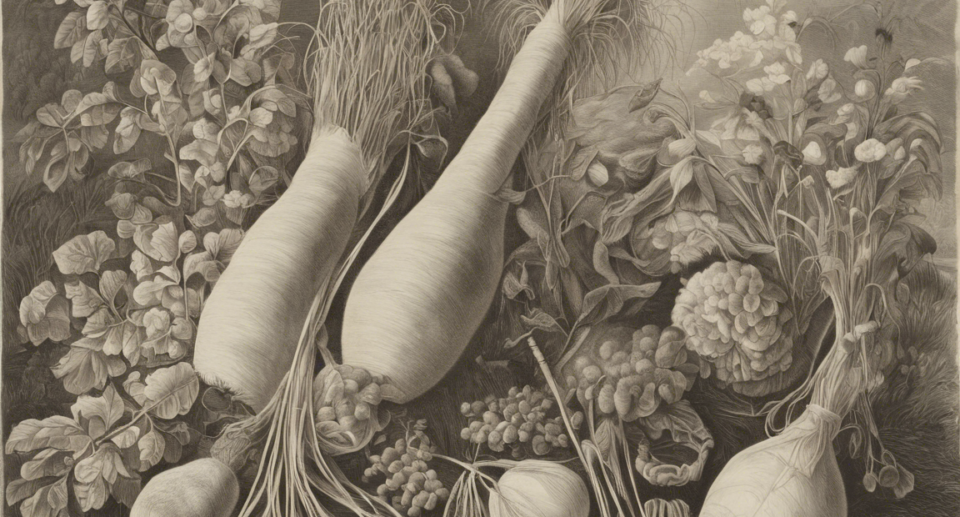Identifying Natural Fibres for Sustainable Textile Choices

In today’s world where sustainability is increasingly becoming a concern for consumers, natural fibers are gaining popularity in the textile industry. Consumers are becoming more conscious about the environmental impact of their purchases, and natural fibers offer a more sustainable alternative to synthetic materials. In this comprehensive guide, we will delve into the world of natural fibers, discussing their benefits, characteristics, and how to identify them for sustainable textile choices.
Benefits of Natural Fibers:
Natural fibers are derived from plants, animals, or minerals and have a range of benefits that make them a preferred choice for eco-conscious consumers:
-
Biodegradable: One of the key benefits of natural fibers is that they are biodegradable, meaning they can decompose naturally without leaving harmful residues in the environment.
-
Renewable: Natural fibers are often renewable resources, as they can be regrown or replenished without causing significant harm to the environment.
-
Breathable: Many natural fibers, such as cotton and linen, are breathable materials that allow air to pass through, making them comfortable to wear in various climates.
-
Hypoallergenic: Natural fibers like bamboo and silk are hypoallergenic, making them suitable for people with sensitive skin or allergies.
-
Durable: Despite being natural, fibers like wool and hemp are known for their durability and longevity, making them a sustainable choice for long-lasting garments.
Types of Natural Fibers:
There are several types of natural fibers, each with its own unique characteristics and uses. Some popular natural fibers include:
Cotton:
Cotton is one of the most widely used natural fibers in the textile industry. It is soft, breathable, and moisture-wicking, making it ideal for clothing and textiles.
Linen:
Linen is a natural fabric made from the fibers of the flax plant. It is known for its cool and crisp texture, making it a popular choice for summer clothing.
Wool:
Wool is a natural fiber that is obtained from sheep and other animals. It is warm, insulating, and moisture-wicking, making it ideal for winter clothing.
Silk:
Silk is a luxurious natural fiber produced by silkworms. It is known for its softness, sheen, and draping qualities, making it a popular choice for high-end clothing.
Hemp:
Hemp is a sustainable natural fiber that is derived from the cannabis plant. It is durable, strong, and environmentally friendly, making it a versatile choice for textiles.
How to Identify Natural Fibers:
When shopping for textiles, it is important to be able to identify natural fibers to make sustainable choices. Here are some tips to help you identify natural fibers:
1. Check the Label:
The easiest way to identify natural fibers is to check the label on the garment or textile. Look for terms like “100% cotton,” “linen,” “wool,” “silk,” or “hemp” to indicate that the item is made from natural fibers.
2. Feel the Texture:
Natural fibers often have a unique texture that sets them apart from synthetic materials. Cotton and linen are known for their soft and breathable feel, while wool has a more textured and insulating quality.
3. Look for Organic Certifications:
If you are looking for organic natural fibers, check for certifications like GOTS (Global Organic Textile Standard) or Oeko-Tex Standard 100, which ensure that the fibers are produced sustainably and without harmful chemicals.
4. Conduct a Burn Test:
For a more advanced method of identifying natural fibers, you can conduct a burn test. Natural fibers like cotton and linen will burn and produce a smell similar to burning paper, while synthetic fibers will melt and produce a plastic-like smell.
Frequently Asked Questions (FAQs):
Q1: Are natural fibers more sustainable than synthetic fibers?
A1: Yes, natural fibers are generally more sustainable than synthetic fibers as they are biodegradable, renewable, and have a lower environmental impact.
Q2: Which natural fiber is best for hot weather?
A2: Linen is considered one of the best natural fibers for hot weather due to its breathability and moisture-wicking properties.
Q3: How can I care for natural fiber textiles?
A3: To care for natural fiber textiles, follow the care instructions on the label, wash with mild detergents, avoid heat drying, and store them in a cool, dry place.
Q4: Are natural fibers more expensive than synthetic fibers?
A4: Natural fibers can be more expensive than synthetic fibers due to production costs and availability, but their sustainability and durability often justify the price.
Q5: Can natural fibers be blended with synthetic fibers?
A5: Yes, natural fibers can be blended with synthetic fibers to combine the benefits of both materials, such as increased durability or stretch.
In conclusion, natural fibers offer a sustainable and environmentally friendly choice for textiles and clothing. By understanding the benefits, types, and how to identify natural fibers, consumers can make more informed and conscious decisions when it comes to their textile choices. Through supporting the use of natural fibers, we can contribute to a more sustainable future for the fashion industry and the planet as a whole.




